Soft and chewy rice flour dumplings kneaded with ripe banana, served with a refreshing ginger-infused syrup — a gently sweet summer dessert with a Japanese touch.
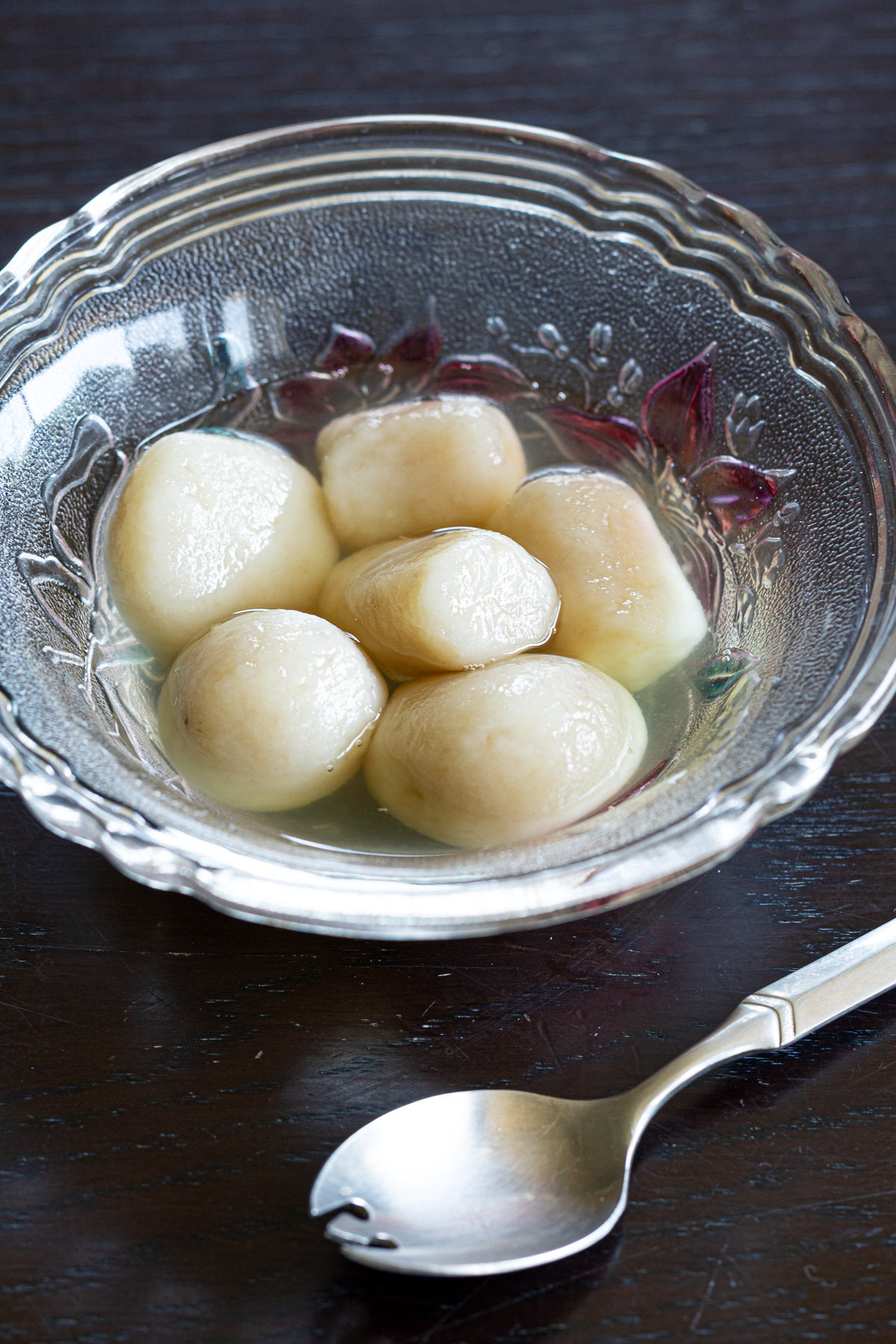
Jump to:
🎐 Journal from the Kitchen
Under the warm gaze of summer’s sun, bananas ripen softly, their sweetness slowly deepening.
I fold this gentle sweetness into tender, chewy shiratama dumplings — no need for added sugar here.
A light drizzle of ginger-kissed beet syrup adds a cool whisper of spice, a breath of freshness for hot days.
Enjoy them warm, like a quiet hug for your soul, or chilled, like a gentle breeze on a summer evening.
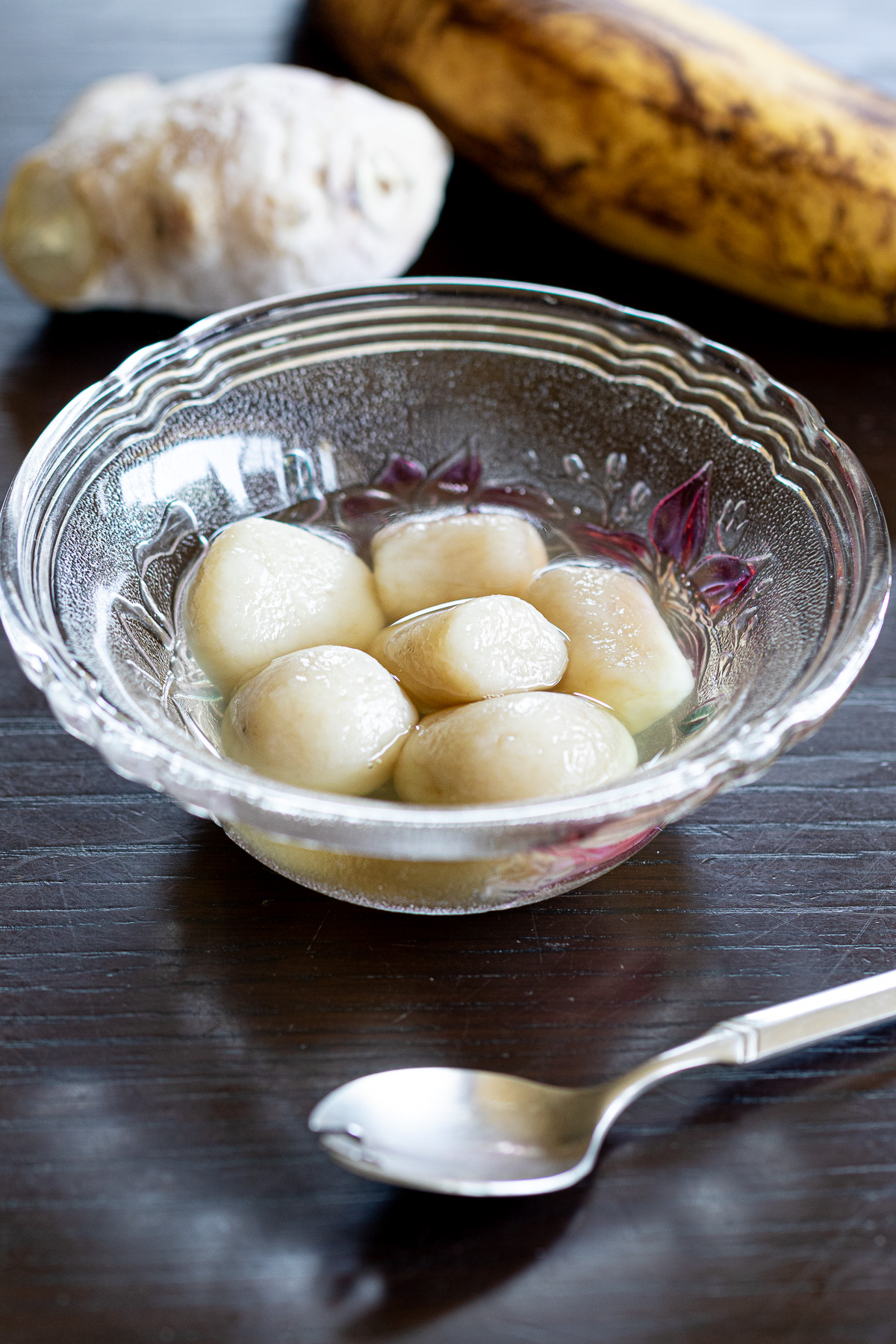
📝 Leftover dumplings find new life mingling with mung bean coconut jelly, anmitsu’s sweet harmony, or a sparkling watermelon fruit punch — little joys of summer’s kitchen.
🧺 Features of This Recipe
- Made with ripe banana for natural sweetness — no sugar in the dough.
- Soft and chewy mochi balls (shiratama) made from rice flour.
- Served with a refreshing ginger syrup made with beet sugar.
- Enjoy warm for comfort or chilled as a cool summer dessert.
- Simple, plant-based ingredients — 100% vegan-friendly.
🍌 Ingredients
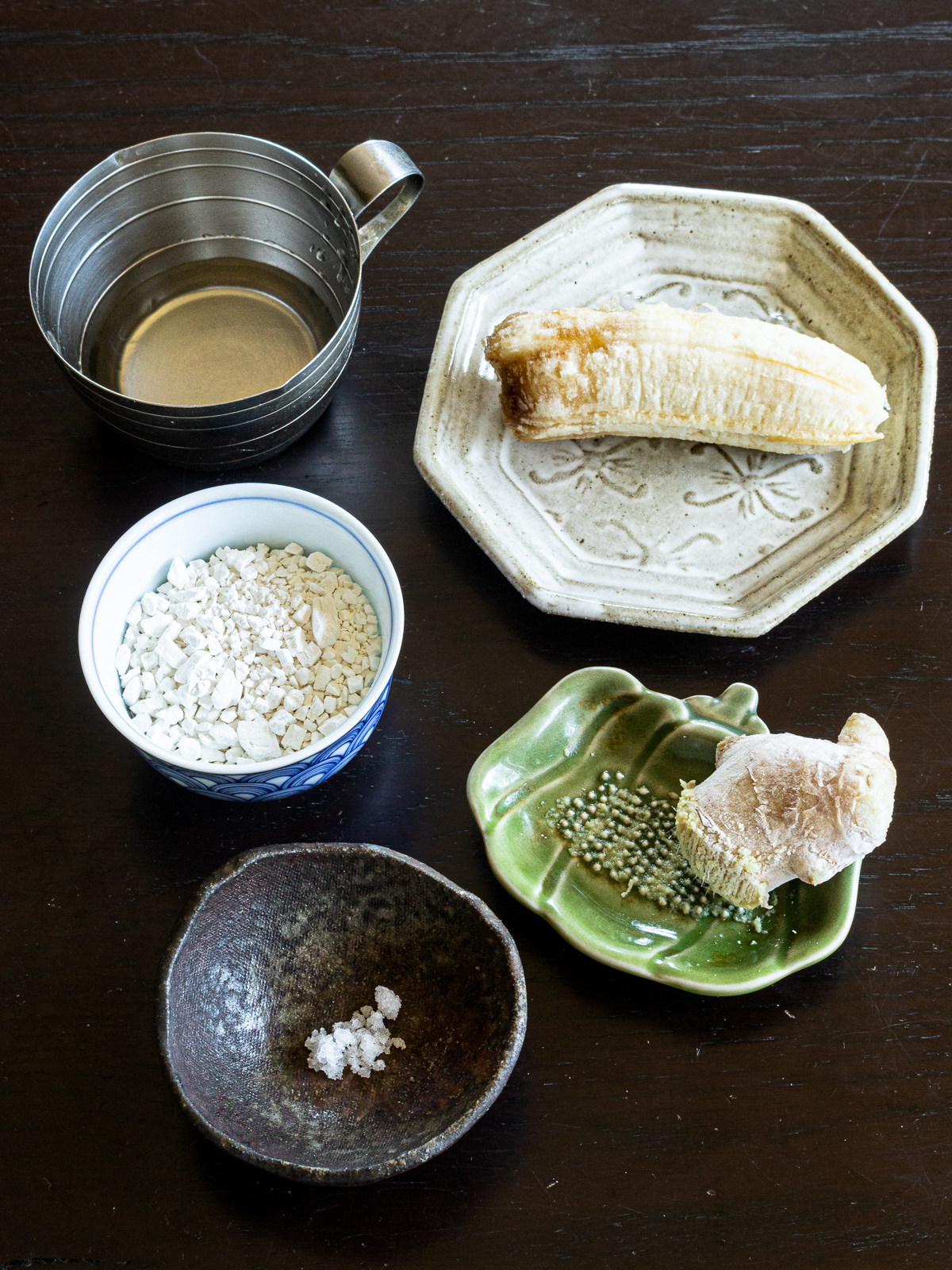
For the Chewy Ripe Banana Shiratama
- Ripe banana: soft and fragrant, with natural sweetness shining through.
- Shiratama flour: start by mixing in part of it, then gradually add more while gently bringing the dough together.
- Ginger: a small drop of fresh ginger juice, optional.
- Salt: a pinch to enhance sweetness, optional.
For the Syrup
- Beet sugar: provides a light, clean sweetness.
- Water: the base of the syrup.
- Fresh ginger juice: just a little, for a subtle ginger aroma.
🥣 Method
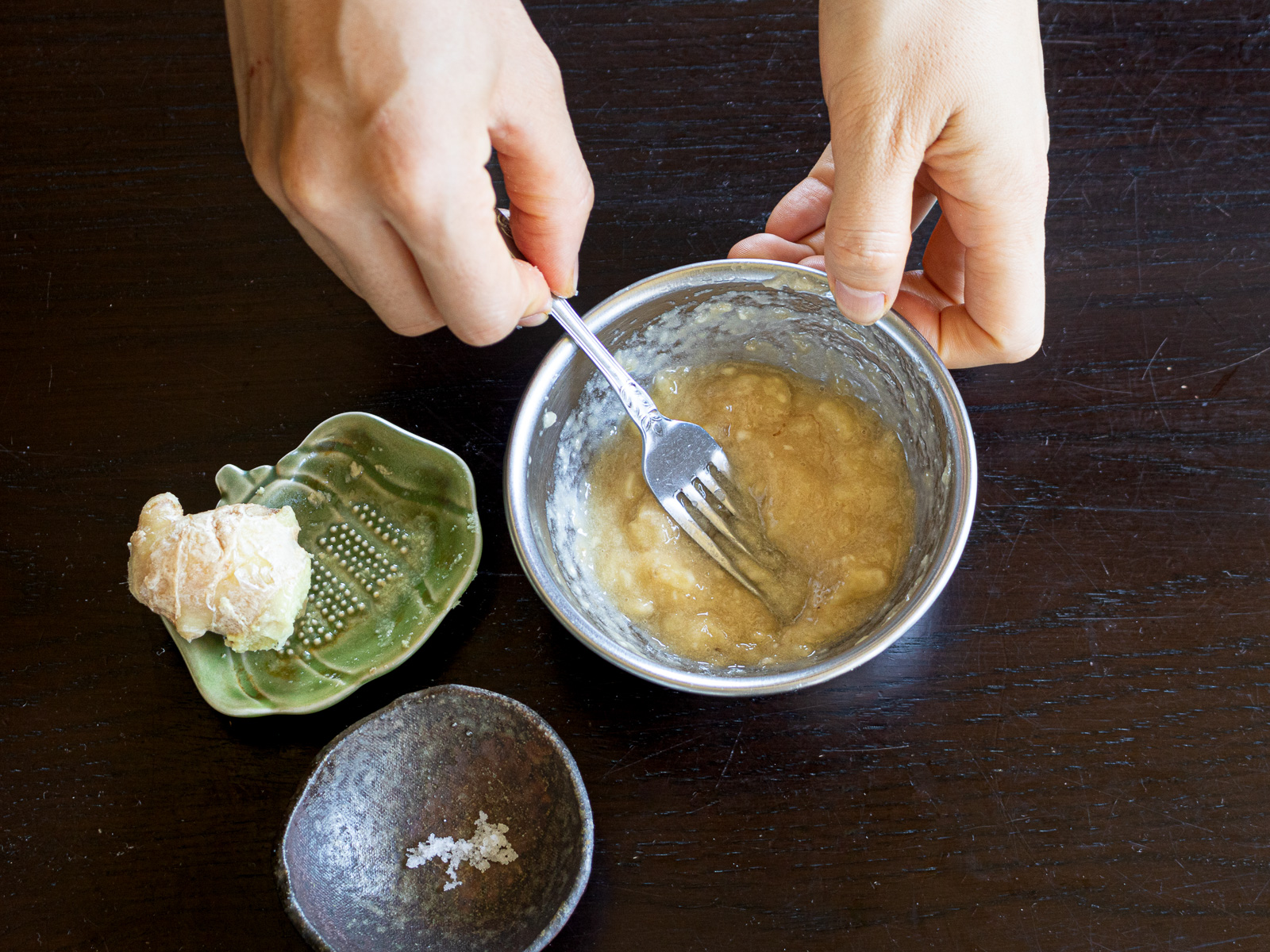
- Mash the ripe banana with a fork until smooth. Add salt here if using.
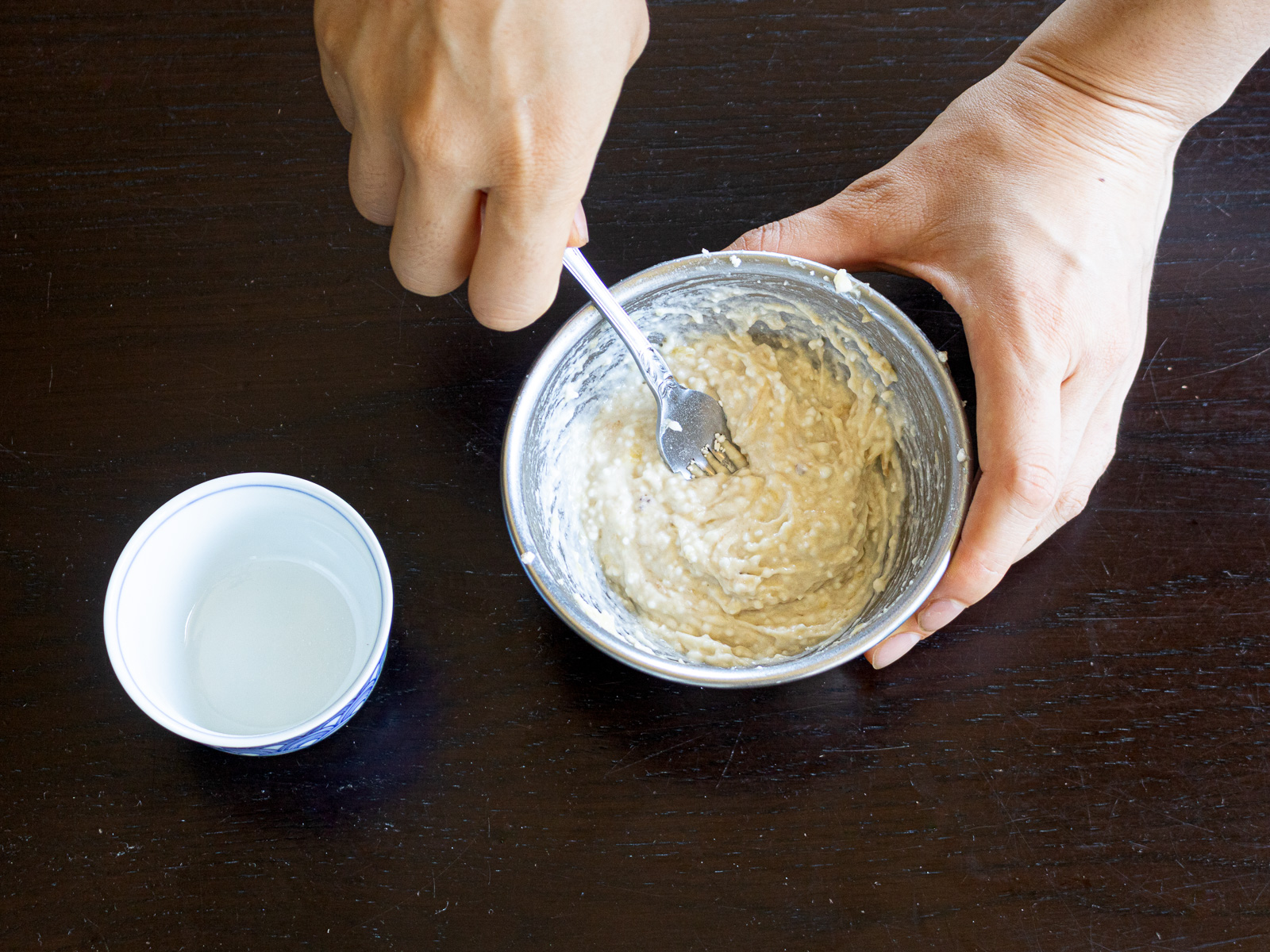
- Mix 30 g of shiratamako into the banana until fully incorporated. Use a fork to break up any lumps and blend until smooth.
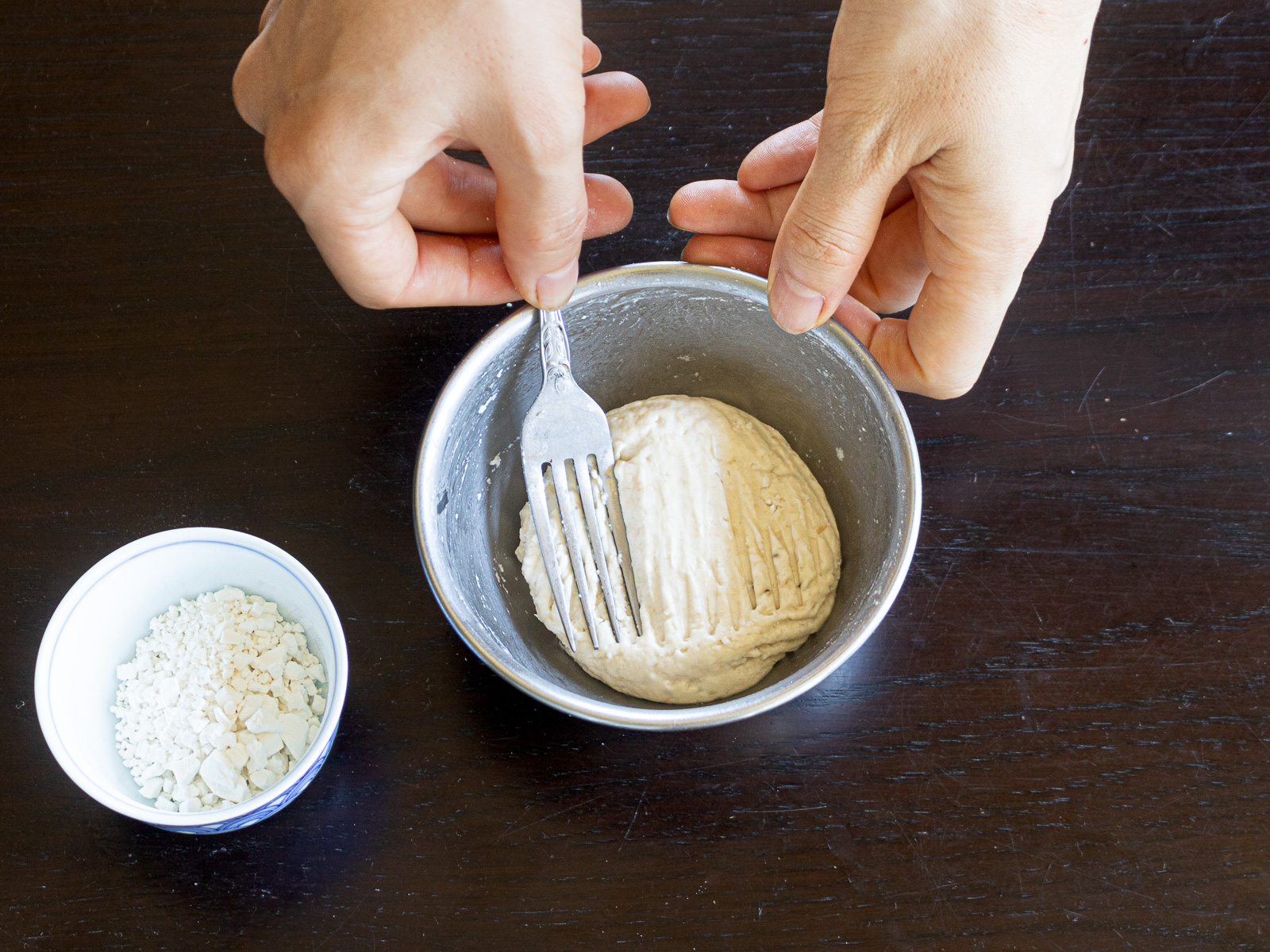
- Add the remaining 15 g of shiratamako and mix. If the dough is still too soft, gradually add more until it reaches an earlobe-like softness.
For a softer texture, leave the dough slightly looser.
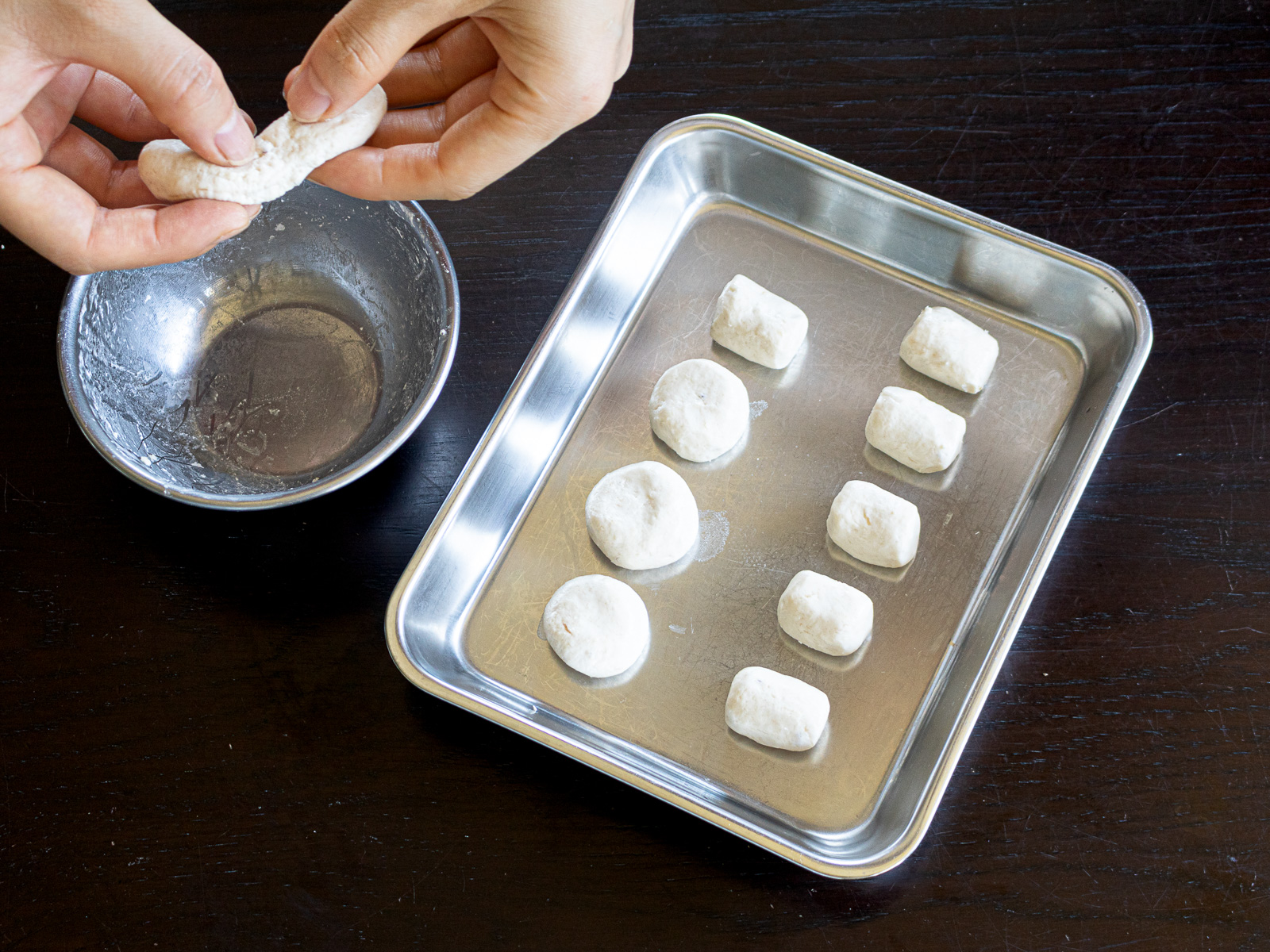
- Shape the dough into small balls with your palms.
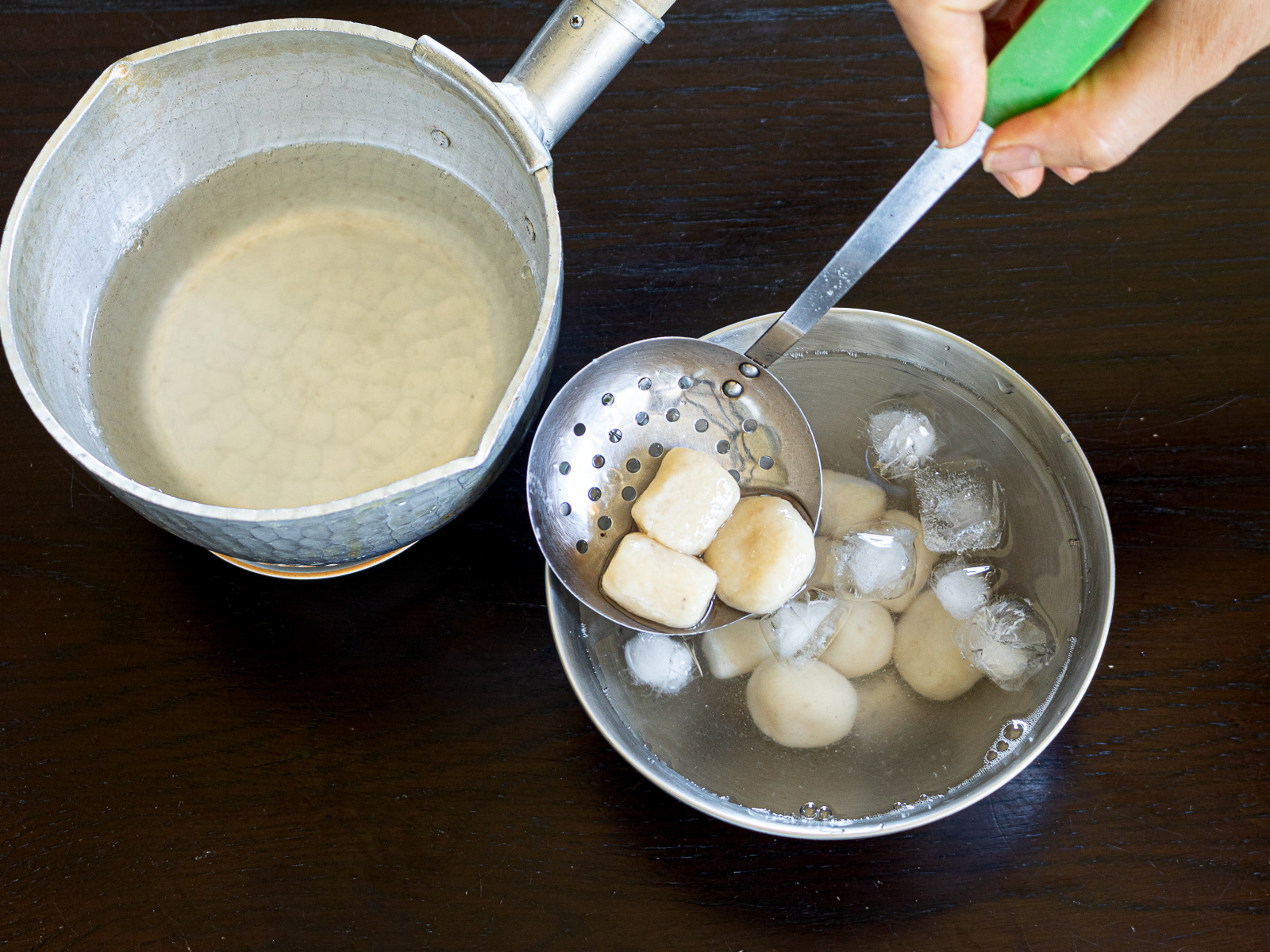
- Drop them into boiling water, cook until they float, then let them boil for another minute. Remove and cool in cold water (or water at room temperature if you prefer warm).
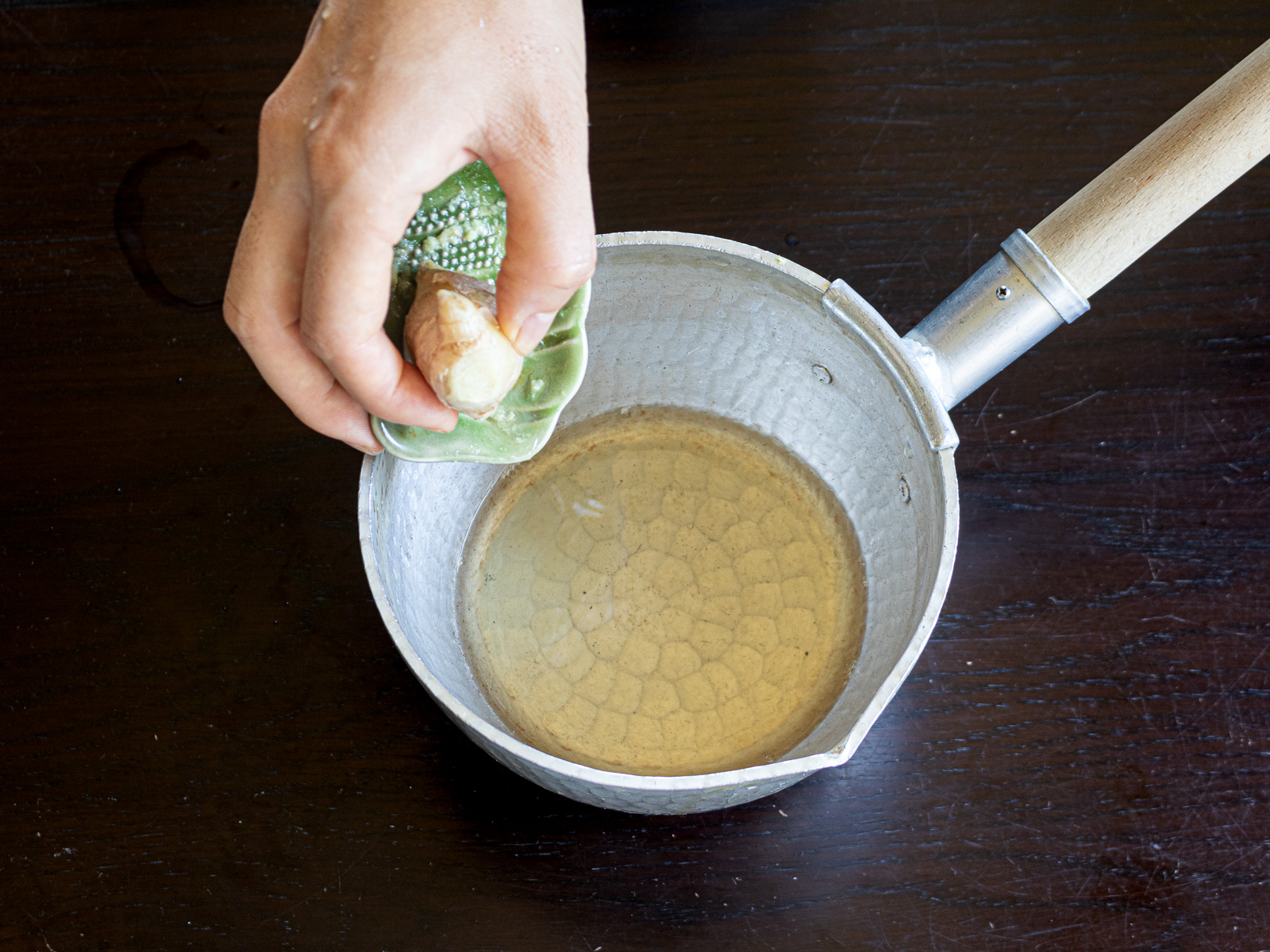
- Heat beet sugar and water until dissolved. Remove from heat, then stir in fresh ginger juice to preserve its aroma. Pour the syrup over the shiratama and enjoy.
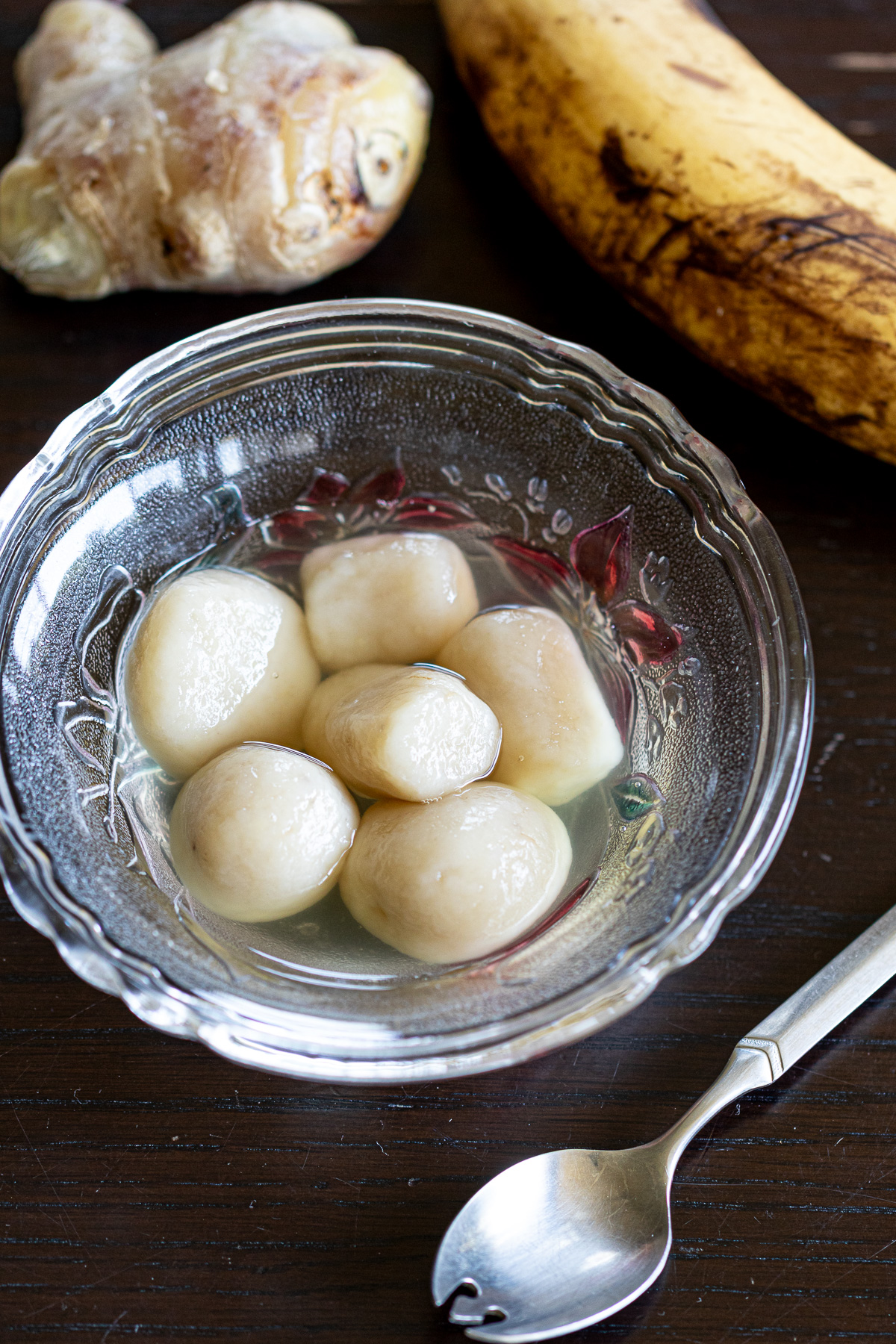
🧊 Storage Tips
▶︎ Best enjoyed the same day.
Shiratama is at its softest and most delightful when freshly made. Over time, the center may harden, which some might enjoy.
▶︎ Storing for the next day
If you have leftovers, store them in an airtight container in the refrigerator.
Before eating, gently warm them in the microwave or steam to restore some of the chewiness.
▶︎ Freezing is also possible.
Freezing may make the shiratama a bit firmer, but reheating by boiling them directly from frozen helps bring back their softness.
Freezing works well when you have larger batches or can’t eat them right away.
📖 Kitchen Note|quiet moments & tasty variations
🥥 Enjoying Variations
Serve shiratama with seasonal fruits or drizzle with coconut milk. In summer, pairing with chilled mung bean + kanten creates a refreshing dessert.
🍊 Syrup Variations
Instead of ginger, add a pinch of cinnamon or a touch of citrus peel for a delightful aroma that gently unfolds.
👂 Texture Preferences
For a chewy bite, knead the dough firmly to enjoy its elasticity. For a softer touch, use a bit less flour to savor a tender mouthfeel. Using the softness of an earlobe as a guide, adjusting by feel becomes a unique joy of handmade shiratama.
🍃 A Moment to Touch and Feel
The gentle sweetness of banana and the chewy texture bring a sense of calm and slow time. Focusing on the touch of your hands in the kitchen becomes a small meditation.
📚 FAQ
A: Shiratamako is essential for the chewy texture. Using alternatives like joshinko or potato starch will change the texture, so shiratamako is recommended.
A: Unripe bananas have less sweetness and will result in a milder flavor. For natural sweetness, use ripe bananas.
A: To preserve the ginger’s aroma, add the juice after removing the syrup from heat. Heating it too long can reduce the flavor.
A: The amount of flour varies depending on the banana’s moisture. Add flour gradually and aim for a dough softness similar to an earlobe.
A: Boil frozen shiratama directly in hot water to restore their chewy texture. Microwave heating may cause uneven results.
👒 A Gentle Snack Time With Leftover Bananas
No need to rush when you find bananas waiting to be used.
Slowly transform them — and other simple ingredients on hand —
into tender, comforting treats.
Recipes that soothe with natural sweetness and quiet warmth.
☀️ If You’re Longing for More Desserts
Sweetness is light, but the heart feels warm.
A collection of gentle sweets that carry the breeze of the season,
kind to your body and soul.
📝 Recipe Card|Printable
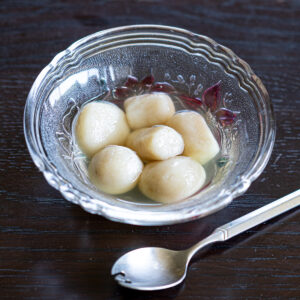
Chewy Ripe Banana Shiratama | Summer Sweets with Ginger Syrup
Equipment
- Bowl
- pot
- Whisk or fork
- Measuring spoons
Ingredients
Shiratama Dough
- 60 g banana (ripe, soft and fragrant)
- 45 g shiratamako (glutinous rice flour, divided: 30g initially, then 15g added later)
- shiratamako (extra for adjusting texture if dough feels sticky)
- Pinch of salt (optional, to enhance sweetness)
- ginger juice or grated ginger (optional)
Syrup
- 10 g beet sugar (powdered for gentle color)
- 50 ml water
- ginger juice (optional)
Instructions
- Mash the banana: In a bowl, gently mash the ripe banana with a fork until smooth. Add salt and ginger juice if using, and mix well.60 g bananaPinch of saltginger juice or grated ginger
- Mix shiratamako: Add 30g of shiratamako to the bowl with the mashed banana. Use a fork to mix well until the flour is fully incorporated and no grainy bits remain. Slowly add the remaining 15g of shiratamako, mixing gently until the dough comes together. If the dough feels too soft, add more shiratamako little by little until it reaches a soft, pliable texture similar to the softness of an earlobe.45 g shiratamakoshiratamako
- Shape the dumplings: Roll small portions of the dough into bite-sized balls with your palms.
- Cook the shiratama: Drop the dumplings into boiling water. Once they float to the surface, cook for an additional minute. Transfer to cold or warm water to achieve a smooth, chewy texture.
- Prepare the syrup: Heat beet sugar and water until the sugar dissolves. Remove from heat, then stir in ginger juice.10 g beet sugar50 ml waterginger juice
- Serve: Drizzle the ginger syrup over the shiratama dumplings and enjoy.
Notes
- Best enjoyed freshly made for optimal chewiness. The next day, the centers may firm up; some prefer this texture.
- Shiratama can be frozen; when ready to use, boil frozen dumplings directly to restore chewiness.

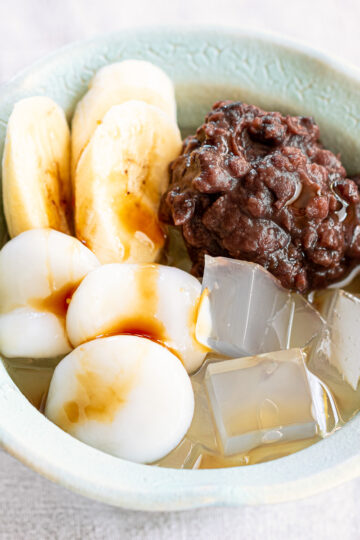
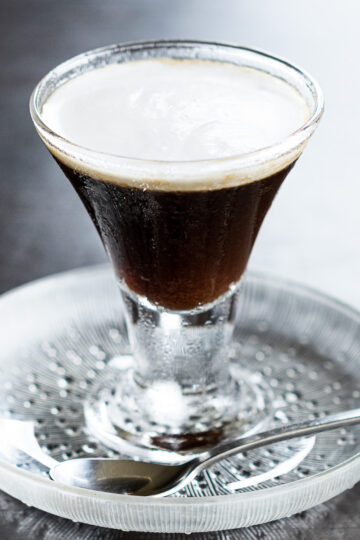
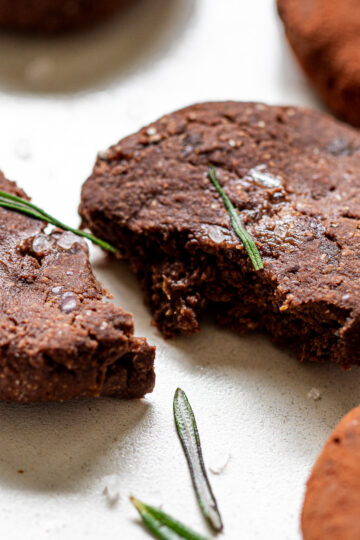

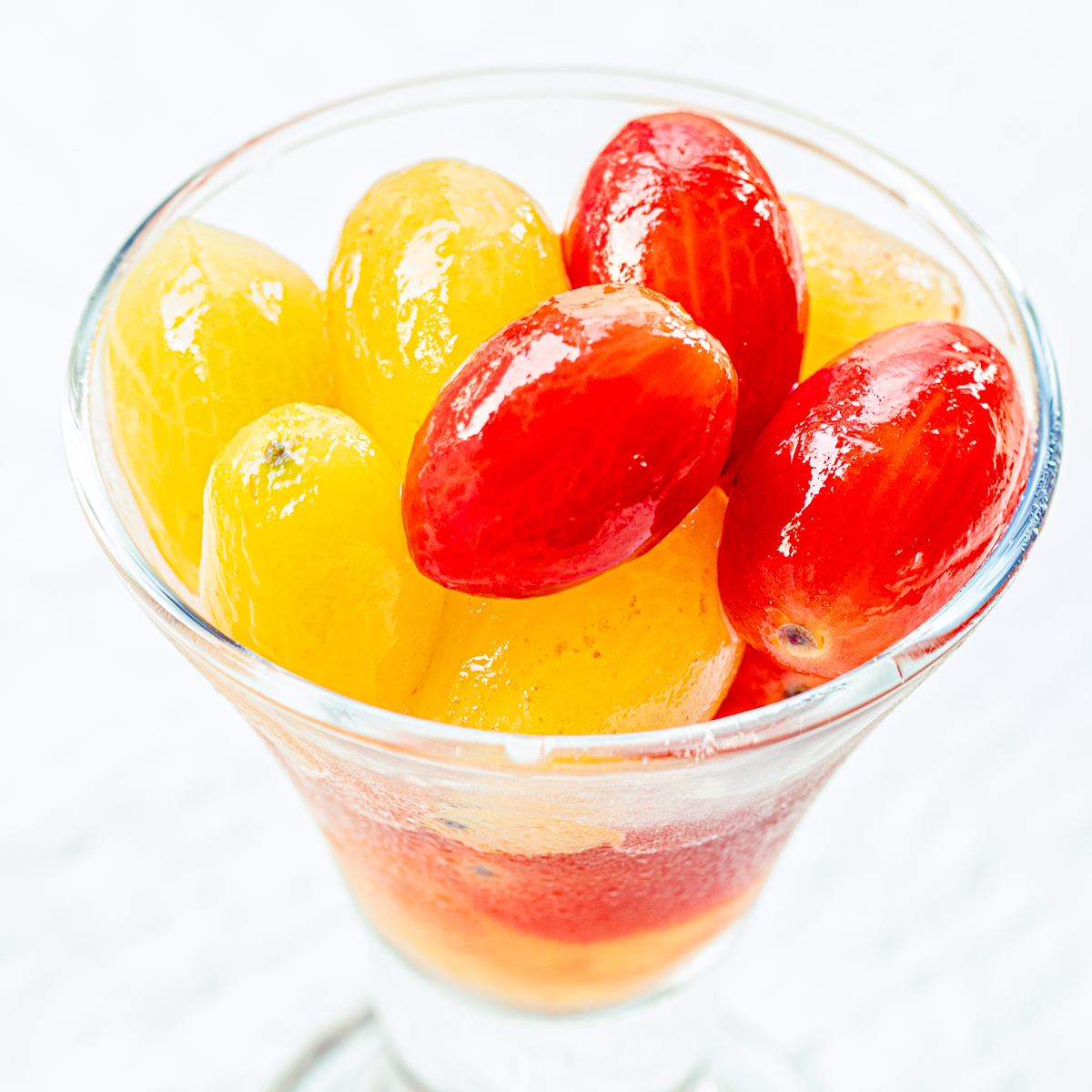

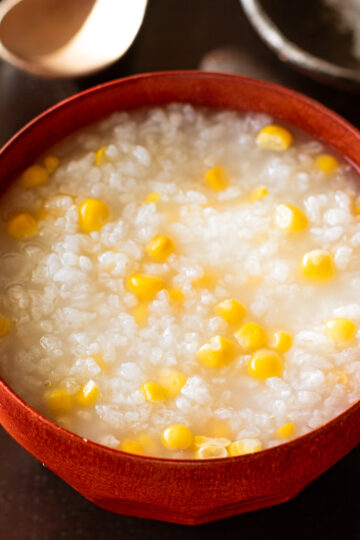
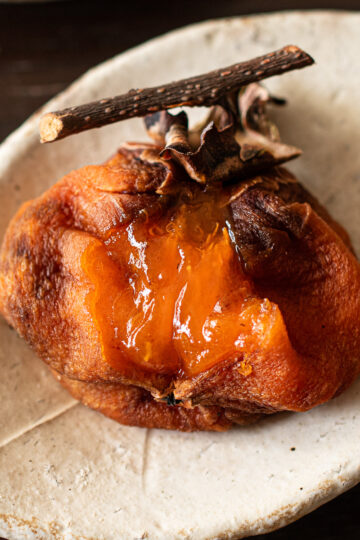
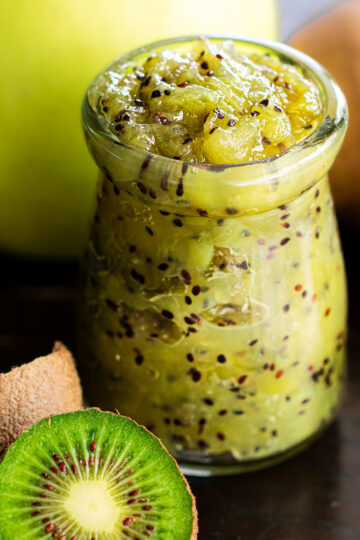
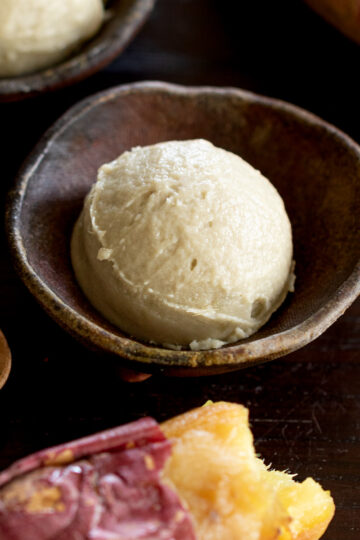
Comments
No Comments